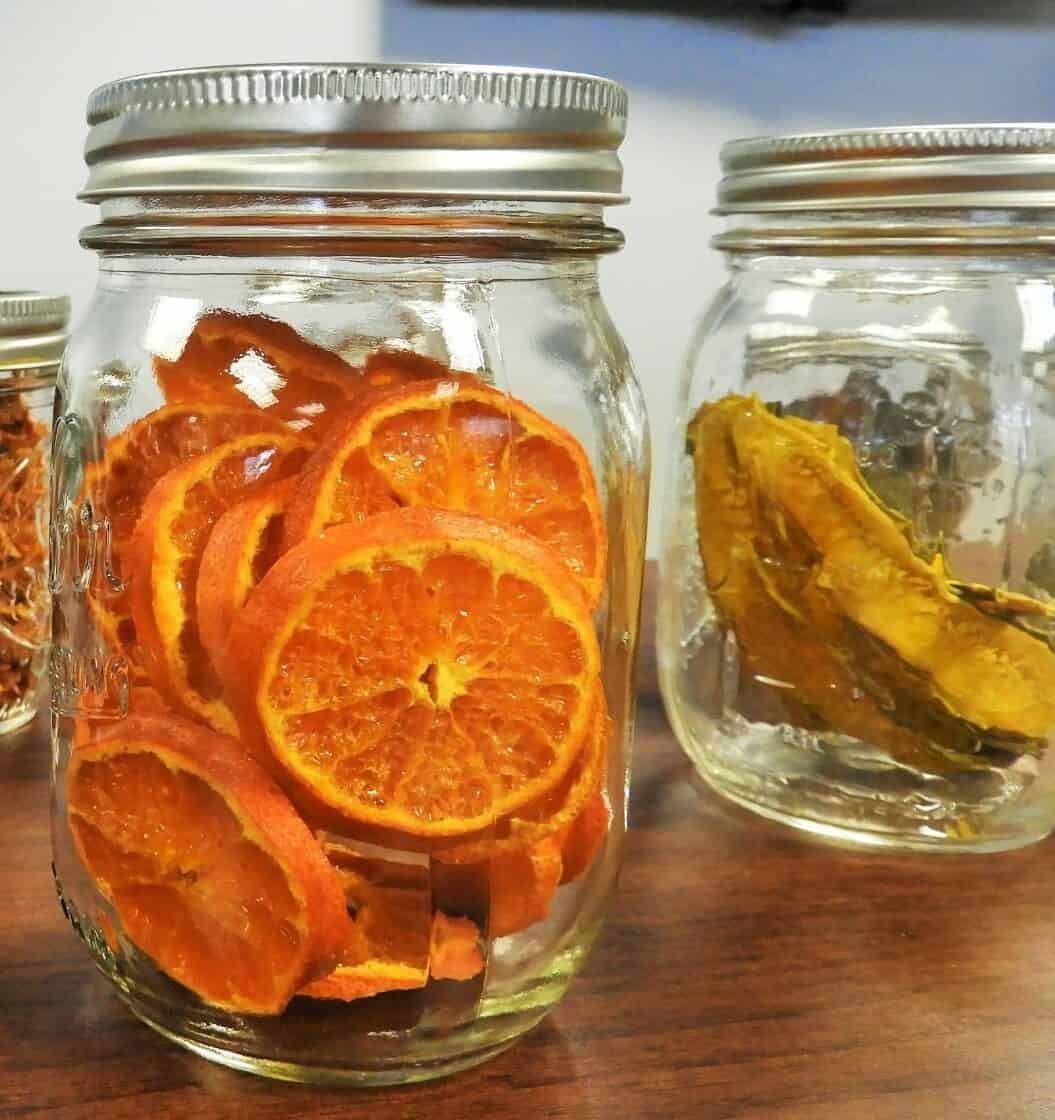Did you know that dehydration is one of the oldest forms of food preservation?
Think about it: before the technological advance of refrigeration, dehydration was readily available through nature. For instance, Egyptians were known to dehydrate meat by leaving it out in the sun. All across the world, societies dehydrated food so they would have access to it year-round.
So when did people start using food dehydrators to do the work for them? Let’s take a closer look at the history of this tool.
Methods of Dehydration
Leaving food out in the sun wasn’t the only method that ancient peoples used for dehydration. After all, leaving food out in the open and exposed would often attract animals interested in eating it.
There were a variety of methods that were used to dehydrate food. For instance, Native Americans would often use smoke from a fire to dry out a variety of foods, including meat, herbs, and vegetables. Some vegetables, like potatoes, could be dehydrated by leaving them out to freeze overnight, and then crushing them the next morning.
By drying food, nomadic peoples were able to preserve their food from one season to another. But those who lived in permanent settlements also used dehydration.
In Europe, residents began constructing buildings known as stillhouses that were designed to dehydrate food. In these buildings, they would hang food from strings, and use heat from a fire to dry it.
Mechanized Dehydration
While people still use smokers today to dry out food because of the flavor, smoke and sun are no longer the primary methods of dehydration. That’s because two French inventors, Masson and Chollet, invented a mechanized form of dehydration in the 1800s.
These inventors used a process to heat vegetables in hot air (usually above 100 degrees Farenheight), and then press them to remove any remaining moisture. These dried vegetables became an important source of nutrition for sailors. This was essential to ensure they had food to eat on their long transatlantic journeys.
Dehydrated food also became a vital source of food for soldiers during World War II. Later, many dehydrated commercial products became popular, such as dried soups and mashed potatoes.
Electric Dehydrators
The electric dehydrators that we are familiar with today came on the scene in the early 1900s–around the same time that electricity was discovered. These allowed, for the first time, anyone to easily dehydrate foods in their own homes.
Start Using Food Dehydrators Today
Dehydrating food has a long history. Thanks to the innovations of inventors, like food dehydrators, we are now able to dehydrate food in our kitchens in a matter of hours, rather than having to go through long, complex processes.
Now that you know a little more about the history of dehydration, it is time to start taking advantage of the technology!
Need some inspiration for dehydrated foods? Check out our recipes for ideas!

